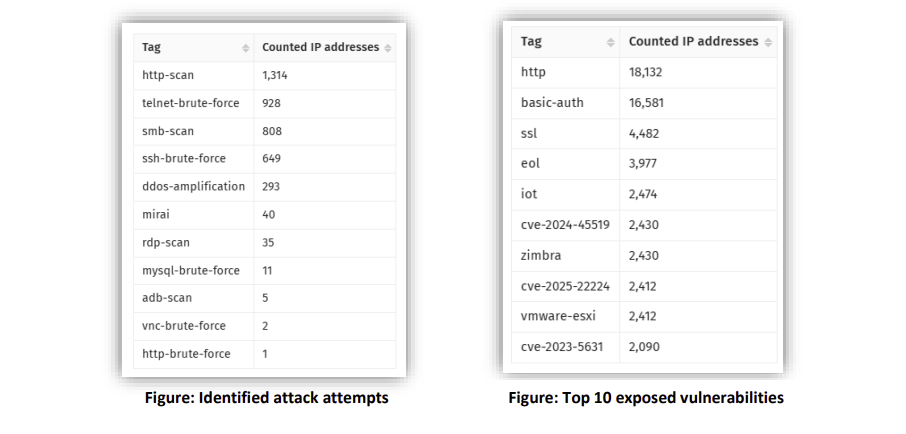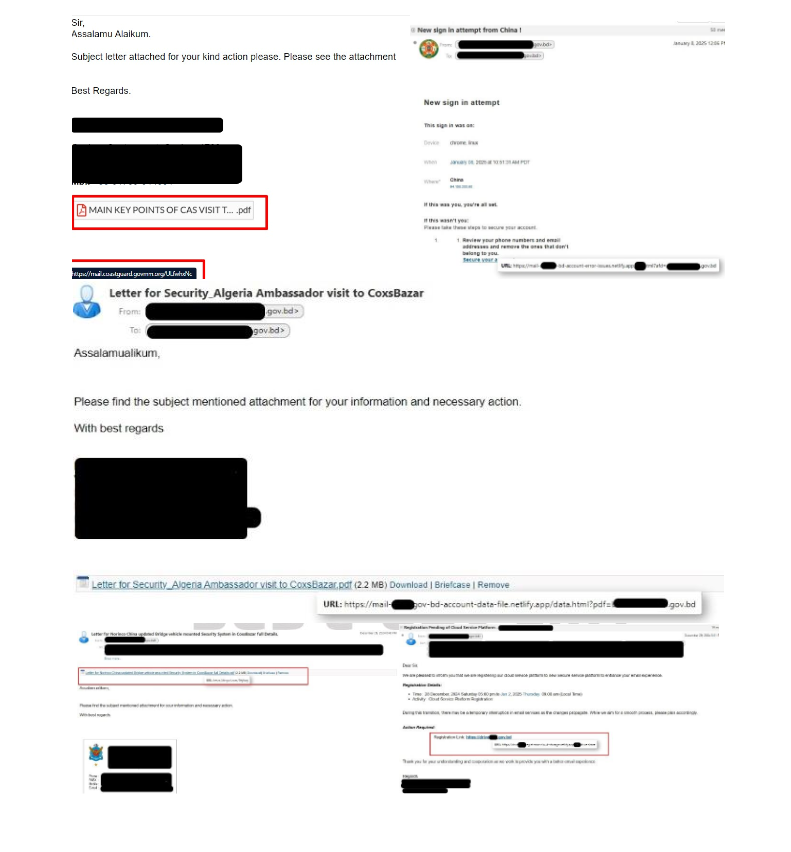Multiple Vulnerabilities in Google Chrome Could Allow for Arbitrary Code Execution
by CIRT Team
DESCRIPTION:
Multiple vulnerabilities have been discovered in Google Chrome, the most
severe of which could allow for arbitrary code execution. Google Chrome
is a web browser used to access the Internet. Successful exploitation of
the most severe of these vulnerabilities could allow an attacker to
execute arbitrary code in the context of the browser. Depending on the
privileges associated with the application, an attacker could view,
change, or delete data. If this application has been configured to have
fewer user rights on the system, exploitation of the most severe of
these vulnerabilities could have less impact than if it was configured
with administrative rights.
IMPACT:
Multiple vulnerabilities have been discovered in Google Chrome, the most
severe of which could allow for arbitrary code execution. Details of the
vulnerabilities are as follows:
* Out of bounds write vulnerability exists in Tab Groups. (CVE-2021-30565)
* Stack buffer overflow vulnerability exists in Printing. (CVE-2021-30566)
* Use after free vulnerability exists in DevTools. (CVE-2021-30567)
* Heap buffer overflow vulnerability exists in WebGL. (CVE-2021-30568)
* Use after free vulnerability exists in sqlite. (CVE-2021-30569)
* Insufficient policy enforcement vulnerability exists in DevTools.
(CVE-2021-30571)
* Use after free vulnerability exists in Autofill. (CVE-2021-30572)
* Use after free vulnerability exists in GPU. (CVE-2021-30573)
* Use after free vulnerability exists in protocol handling. (CVE-2021-30574)
* Out of bounds read vulnerability exists in Autofill. (CVE-2021-30575)
* Use after free vulnerability exists in DevTools. (CVE-2021-30576)
* Insufficient policy enforcement vulnerability exists in Installer.
(CVE-2021-30577)
* Uninitialized Use vulnerability exists in Media. (CVE-2021-30578)
* Use after free vulnerability exists in UI framework. (CVE-2021-30579)
* Insufficient policy enforcement vulnerability exists in Android
intents. (CVE-2021-30580)
* Use after free vulnerability exists in DevTools. (CVE-2021-30581)
* Inappropriate implementation vulnerability exists in Animation.
(CVE-2021-30582)
* Insufficient policy enforcement vulnerability exists in image handling
on Windows. (CVE-2021-30583)
* Incorrect security UI vulnerability exists in Downloads. (CVE-2021-30584)
* Use after free vulnerability exists in sensor handling. (CVE-2021-30585)
* Use after free vulnerability exists in dialog box handling on Windows.
(CVE-2021-30586)
* Inappropriate implementation vulnerability exists in Compositing on
Windows. (CVE-2021-30587)
* Type Confusion vulnerability exists in V8. (CVE-2021-30588)
* Insufficient validation of untrusted input vulnerability exists in
Sharing. (CVE-2021-30589)
Successful exploitation of the most severe of these vulnerabilities
could allow an attacker to execute arbitrary code in the context of the
browser. Depending on the privileges associated with the application, an
attacker could view, change, or delete data. If this application has
been configured to have fewer user rights on the system, exploitation of
the most severe of these vulnerabilities could have less impact than if
it was configured with administrative rights.
SYSTEM AFFECTED:
* Google Chrome versions prior to 92.0.4515.107
RECOMMENDATIONS:
We recommend the following actions be taken:
* Apply the stable channel update provided by Google to vulnerable
systems immediately after appropriate testing.
* Run all software as a non-privileged user (one without administrative
privileges) to diminish the effects of a successful attack.
* Remind users not to visit un-trusted websites or follow links provided
by unknown or un-trusted sources.
* Inform and educate users regarding the threats posed by hypertext
links contained in emails or attachments especially from un-trusted sources.
* Apply the Principle of Least Privilege to all systems and services.
REFERENCES:
https://chromereleases.googleblog.com/2021/07/stable-channel-update-for-desktop_20.html
https://cve.mitre.org/cgi-bin/cvename.cgi?name=CVE-2021-30565
https://cve.mitre.org/cgi-bin/cvename.cgi?name=CVE-2021-30566
https://cve.mitre.org/cgi-bin/cvename.cgi?name=CVE-2021-30567
https://cve.mitre.org/cgi-bin/cvename.cgi?name=CVE-2021-30568
https://cve.mitre.org/cgi-bin/cvename.cgi?name=CVE-2021-30569
https://cve.mitre.org/cgi-bin/cvename.cgi?name=CVE-2021-30571
https://cve.mitre.org/cgi-bin/cvename.cgi?name=CVE-2021-30572
https://cve.mitre.org/cgi-bin/cvename.cgi?name=CVE-2021-30573
https://cve.mitre.org/cgi-bin/cvename.cgi?name=CVE-2021-30574
https://cve.mitre.org/cgi-bin/cvename.cgi?name=CVE-2021-30575
https://cve.mitre.org/cgi-bin/cvename.cgi?name=CVE-2021-30576
https://cve.mitre.org/cgi-bin/cvename.cgi?name=CVE-2021-30577
https://cve.mitre.org/cgi-bin/cvename.cgi?name=CVE-2021-30578
https://cve.mitre.org/cgi-bin/cvename.cgi?name=CVE-2021-30579
https://cve.mitre.org/cgi-bin/cvename.cgi?name=CVE-2021-30580
https://cve.mitre.org/cgi-bin/cvename.cgi?name=CVE-2021-30581
https://cve.mitre.org/cgi-bin/cvename.cgi?name=CVE-2021-30582
https://cve.mitre.org/cgi-bin/cvename.cgi?name=CVE-2021-30583
https://cve.mitre.org/cgi-bin/cvename.cgi?name=CVE-2021-30584
https://cve.mitre.org/cgi-bin/cvename.cgi?name=CVE-2021-30585
https://cve.mitre.org/cgi-bin/cvename.cgi?name=CVE-2021-30586
https://cve.mitre.org/cgi-bin/cvename.cgi?name=CVE-2021-30587
https://cve.mitre.org/cgi-bin/cvename.cgi?name=CVE-2021-30588
https://cve.mitre.org/cgi-bin/cvename.cgi?name=CVE-2021-30589











